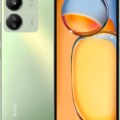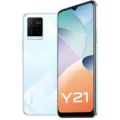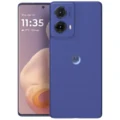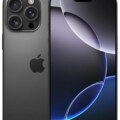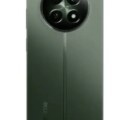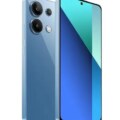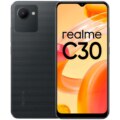- Home
- Smartphone
- Mobiles
- Xiaomi Redmi Note 8 Pro
Xiaomi Redmi Note 8 Pro
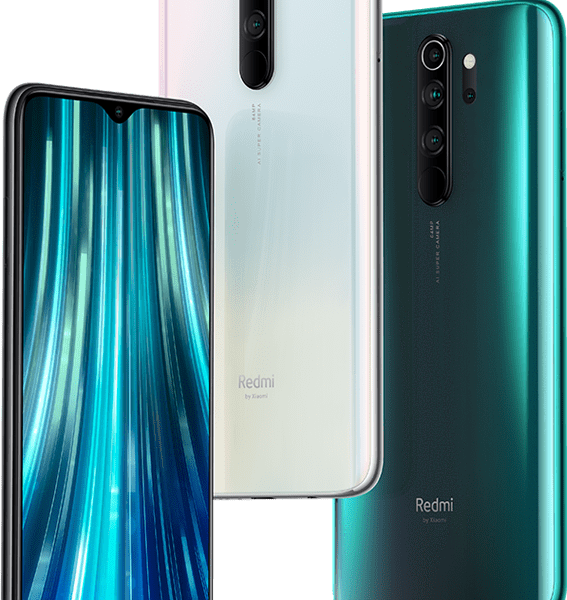
- CPU: Mediatek Helio G90T (12nm)
- RAM: 6/8GB
- Storage: 64GB 6GB RAM, 128GB 6GB RAM, 128GB 8GB RAM, 256GB 8GB RAM
- Display: 6.53 inches, 104.7 cm2 (~84.9% screen-to-body ratio)
- Camera: 64 MP
Specs
64MP quad camera
Flagship-level camera
Ultra high-resolution, every detail matters
Delivers high-resolution photos for up to 3.26m tall poster printing
64MP ultra high-resolution camera
Almost twice the number of pixels of 8K resolution*
Almost twice the number of pixels of 8K resolution*
25 times of pixels of the display. Zoom in for more details.
Supports 4K video recording, 960fps slow motion video recording.
Supports 4K video recording, 960fps slow motion video recording.
Reviews
Sorry, reviews are closed for this product.
Disclaimer Note
We can not guarantee that the information on this page is 100% correct.

